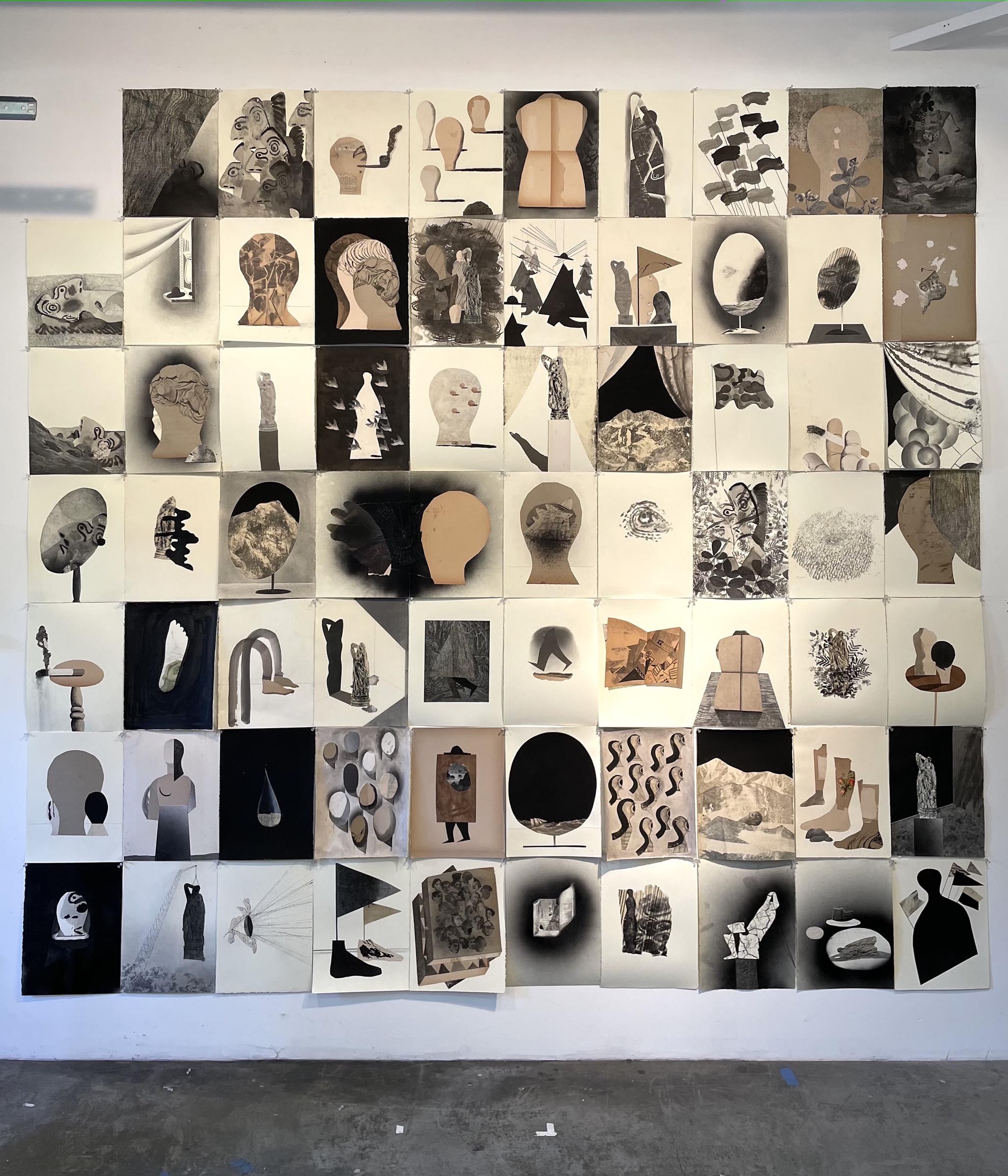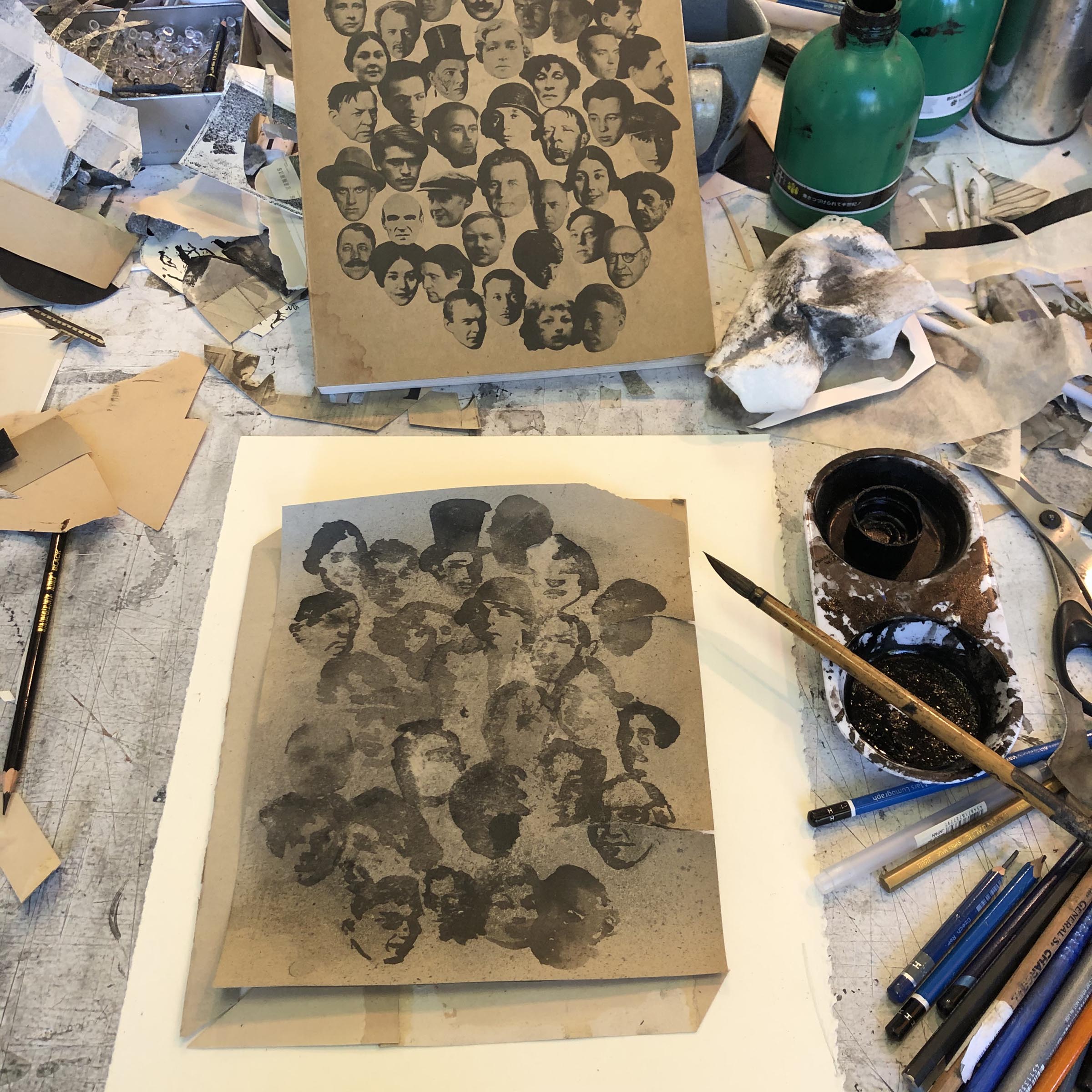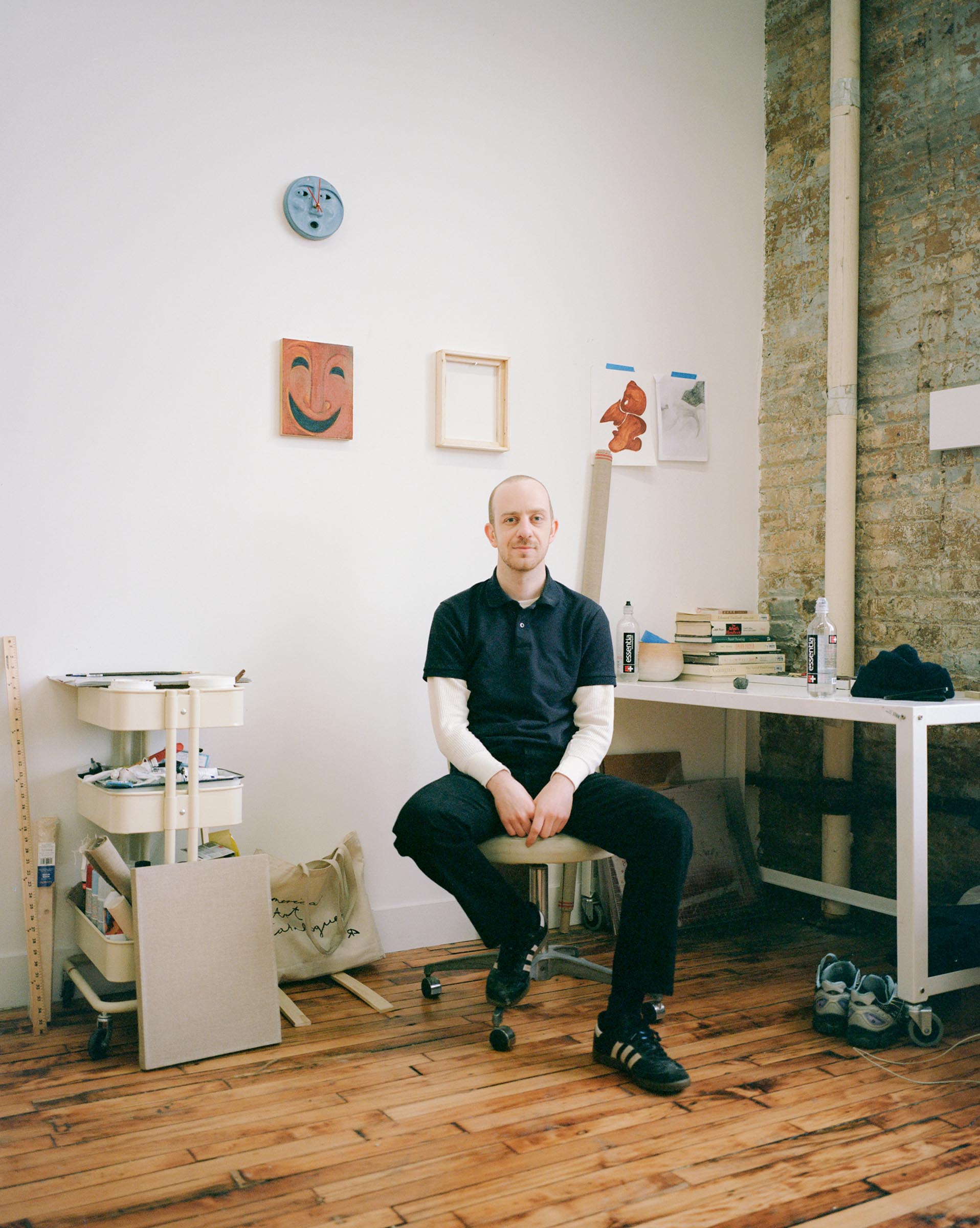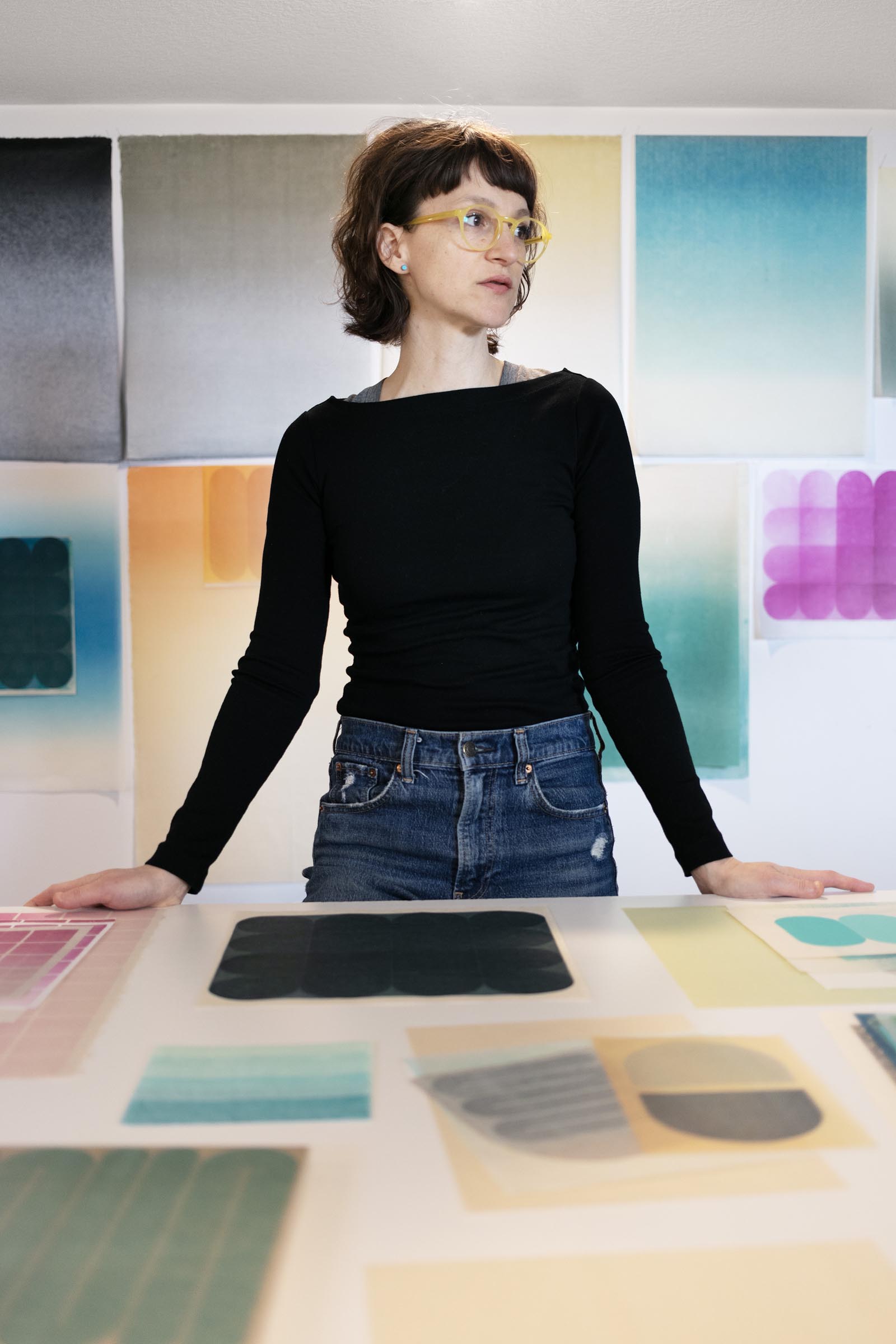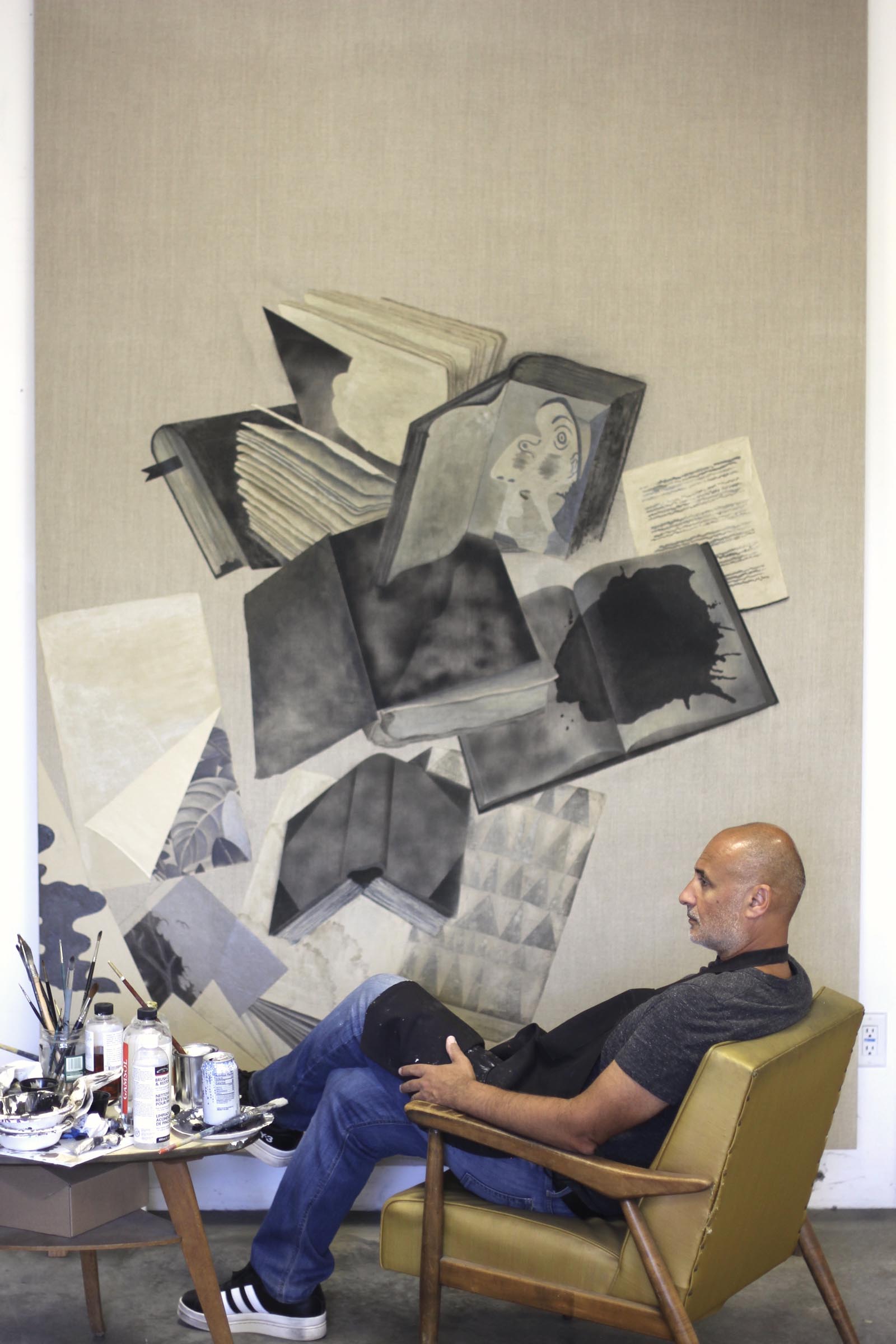
How did you get into making art?
I was born in Kishinev, Moldova in 1969. When I was a child, my family fled the Soviet Union to Tel Aviv, then Paris and eventually settled in Toronto, Canada. My family left the USSR as political dissidents after my grandfather was released from a Siberian Gulag. During the late 1960’s and early 1970’s there was international pressure on Moscow to allow Soviet Jews to leave for Israel and we were a part of that immigration wave. We arrived in Israel in 1973, right in time for the Arab-Israeli war. Disillusioned by life in Israel, we left for Paris as an intermediary place from which to apply for refuge status. Canada was the first to grant us entry. As a child, my memory of these turbulent times was one of excitement and adventure, rather than fear and anxiety. Drawing was a way for me to process new experiences on my own terms. It was an ideal activity at that time because it did not require expensive materials, or a dedicated space and it was portable. Most importantly, drawing was a solitary activity that transcended any particular language or culture. I remember constantly drawing, on any available scrap of paper. One of my most vivid memories is drawing landscapes on left-over brown paper, baguette bags in Paris. To this day, drawing is what fuels my studio practice. It is the basis for my paintings, prints, and animations.
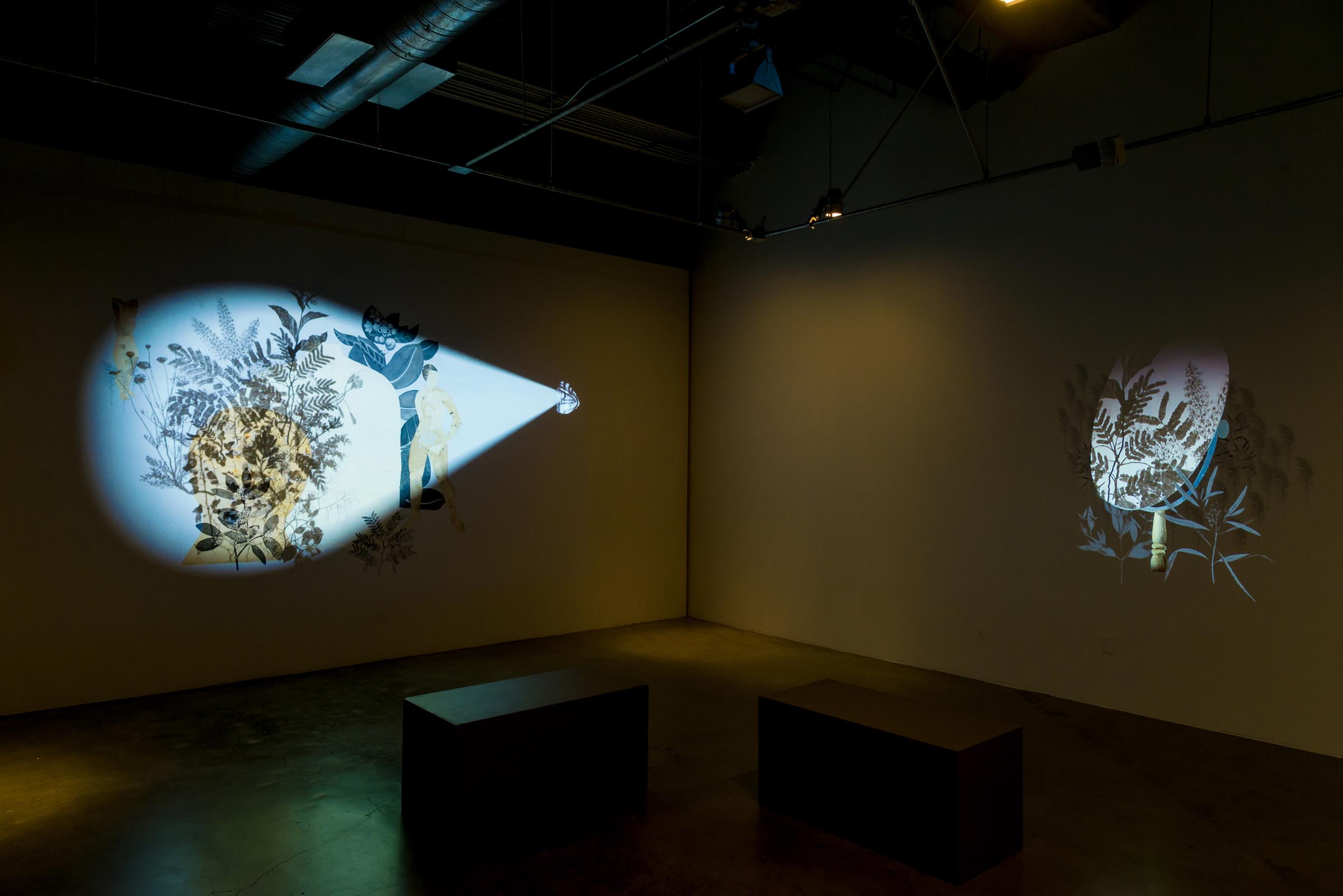

What are you currently working on?
I am currently working on 3 related projects: the first is a series of small drawings/collages that I began when we first went into quarantine; the second, features found objects with projected, hand-drawn, stop-motion animations; and the third is a series of oil paintings on linen. The small drawings are a continuation of something I have always done in my studio, which is recycle scraps of images, textures and materials often left over from previous projects. Using collage, ink, charcoal, graphite, watercolor and any other materials on hand, these small drawings are a way to work through images and generate new ideas. Heads, feet, hands, eyes, ships, mountains, curtains, monuments, sculptures, books, landscapes and stylized figures are among some of the recurring imagery. The sculptural works consist of found objects that are paired with projected animations. Collected at various antique shows, flea markets and thrift shops, these objects reference motifs/images in my drawings and paintings. These motifs/images are activated by stop-motion animations that are projected onto and into the found forms transforming them into dream-objects. Projection in these works is at once material and metaphorical, physical and psychological. The third body of work is a series of large and small oil paintings on linen that further develop the imagery found in the small drawings and the animated-projections. The paintings provide an opportunity to play with color, texture and scale. Taken together, these 3 bodies of work are meant to coalesce into a dream-like vision where disparate histories, memories and events intermingle and collide. They reference Russian Suprematism, European Surrealism and Soviet experimental animation. The imagery draws heavily on my own childhood by combining memories, dreams, incidents and events. Themes of migration, loss and dystopia are expressed with a sense of absurdity, humor and tenderness to reflect on the state of our contemporary culture and politics.
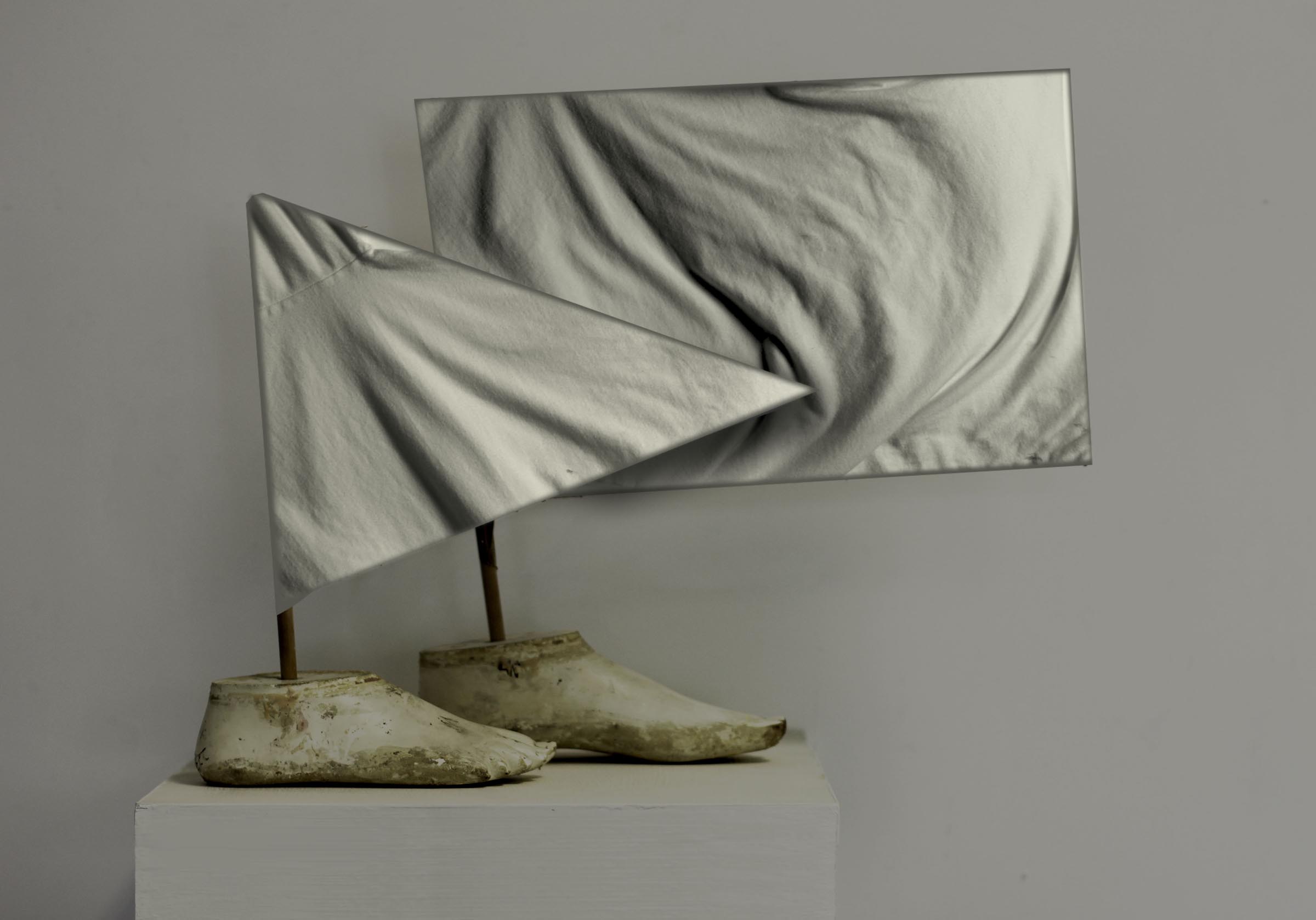
The imagery draws heavily on my own childhood by combining memories, dreams, incidents and events.
Stas Orlovski
What inspired you to get started on this body of work?
While my work has always dealt with memory and history, in recent years the work has become decidedly more autobiographical. The pandemic further re-oriented my gaze in-ward in a more powerful and profound way. I have looked at my Soviet-era, Russian children’s books for inspiration in the past, but for many years I focused on their visual language rather than the underlying narrative. Initially I was captivated by the torn, dented, creased paper and cheap printing quality. The faded/disrupted images in these old books had a direct impact on how I paint and to a large extent how I use light and time in my stop-motion animations. In this new body of work I have started examining my relationship to the literal and underlying narratives in these books.

Do you work on distinct projects or do you take a broader approach to your practice?
I tend to take a broader approach. At any given time, I may be working on a series of drawings and paintings, filming stop-motion animations, collaborating with a master printer, or developing a site-specific project. This way of working allows me to process an image through a variety of materials, methods and techniques. The continual transformation of an image is a way for me to make sense of it and ultimately claim it as my own. I depend on a feedback loop where a drawing feeds an animation that later feeds another drawing which informs a painting that inspires a new animation and so on…
What’s a typical day like in your studio?
1. Coffee 2. Sweeping 3. Reading 4. Eating 5. Coffee 6. Procrastinating 7. Drawing/Painting/Animating 8. Drinking 9. Dinner 10. Drawing/Painting/Animating
Who are your favorite artists?
There are so many historical and contemporary artists whose work I admire and learn from. However, there are a number of artists that I keep returning to for one reason or another. They include (in no particular order): Philip Guston, Vija Celmins, James Ensor, Francis Bacon, Kasmir Malevich, William Kentridge, Kara Walker, Max Ernst, Ad Reinhardt, Giorgio de Chirico, Louise Bourgeois, Agnes Martin, Peter Doig and Francis Picabia to name a few.
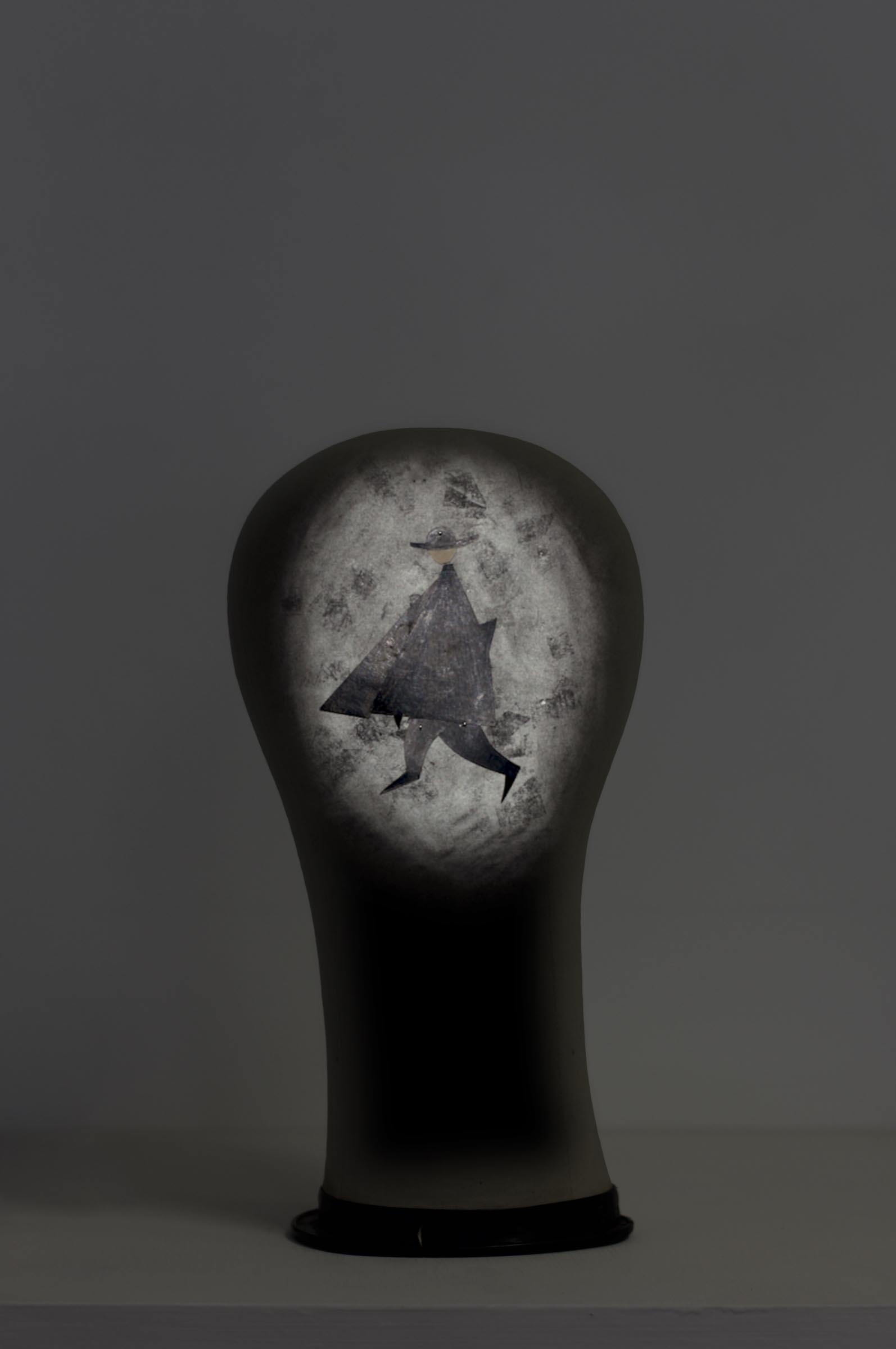
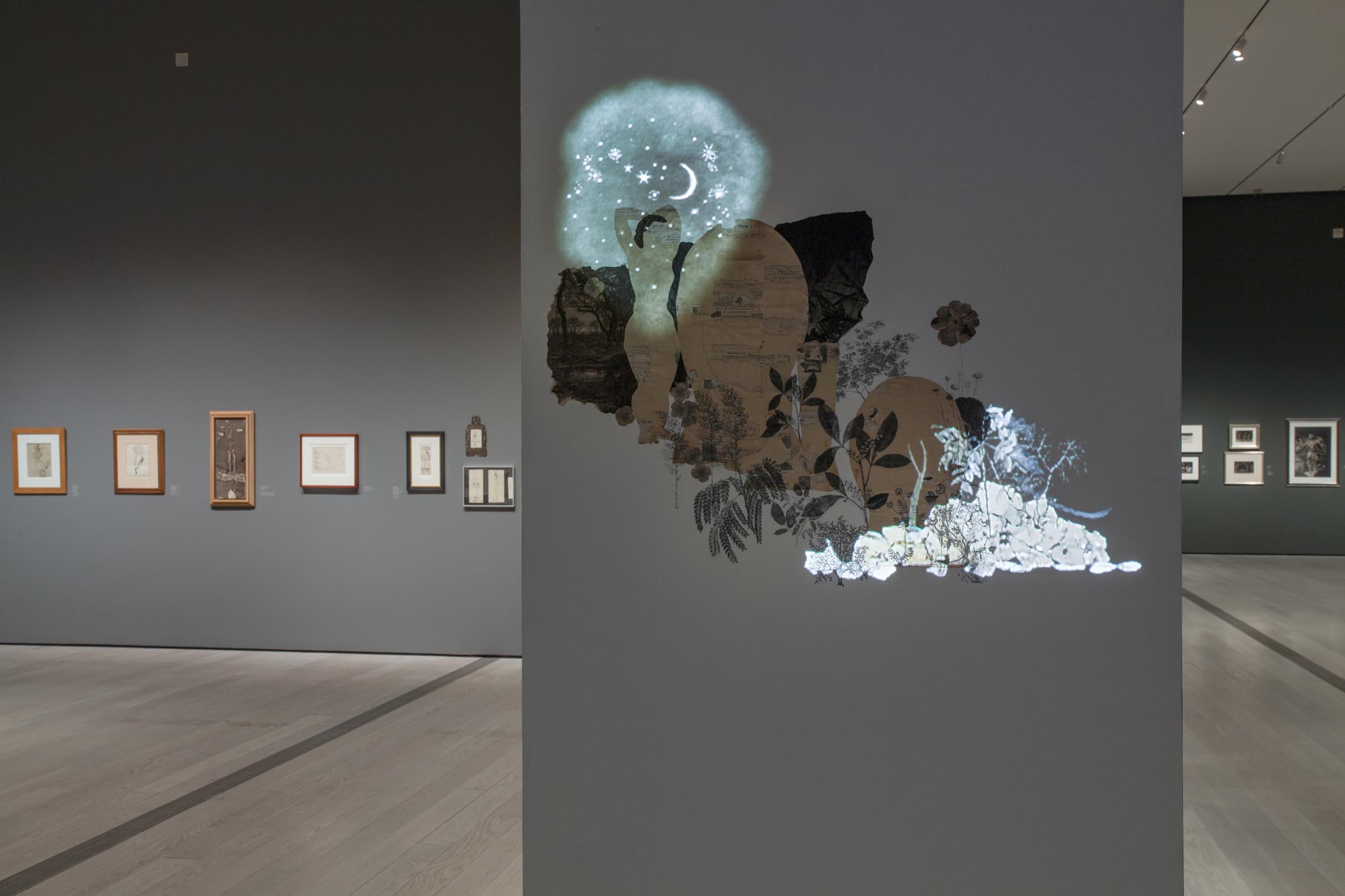
Where do you go to discover new artists?
I am interpreting the term “new artists” here to mean not only emerging artists, but also artists who are perhaps under-recognized, or lesser-known, or just new to me. I am fortunate to live in Los Angeles where there is no shortage of places to see art and discover new artists. The Hammer Museum and the ICA-LA have great Project Series programs that features artists at various stages of their career. While the Los Angeles County Museum of Art, MOCA and The Broad are institutions that generally exhibit established artists, I have made plenty of discoveries there as well. Galleries I often visit include: Hauser & Wirth, David Kordansky, Honor Fraser, Kohn Gallery, LA Louver, Moran Moran, Nicodim Gallery, Night Gallery, Parrasch Heijnen Gallery, Regen Projects, Shulamit Nazarian, Sprueth Magers, Susanne Vielmetter, Tanya Bonakdar Gallery and The Underground Museum. The Museum of Jurassic Technology is another one of my favorite places to visit in Los Angeles. There are a number of instagram accounts that do a great job in posting work by new and lesser-known artists. These IG accounts include: @mothflower_, @mepaintsme, @tihngs, @anonymousworksinc, @thedrawingstall and @frank.maresca.
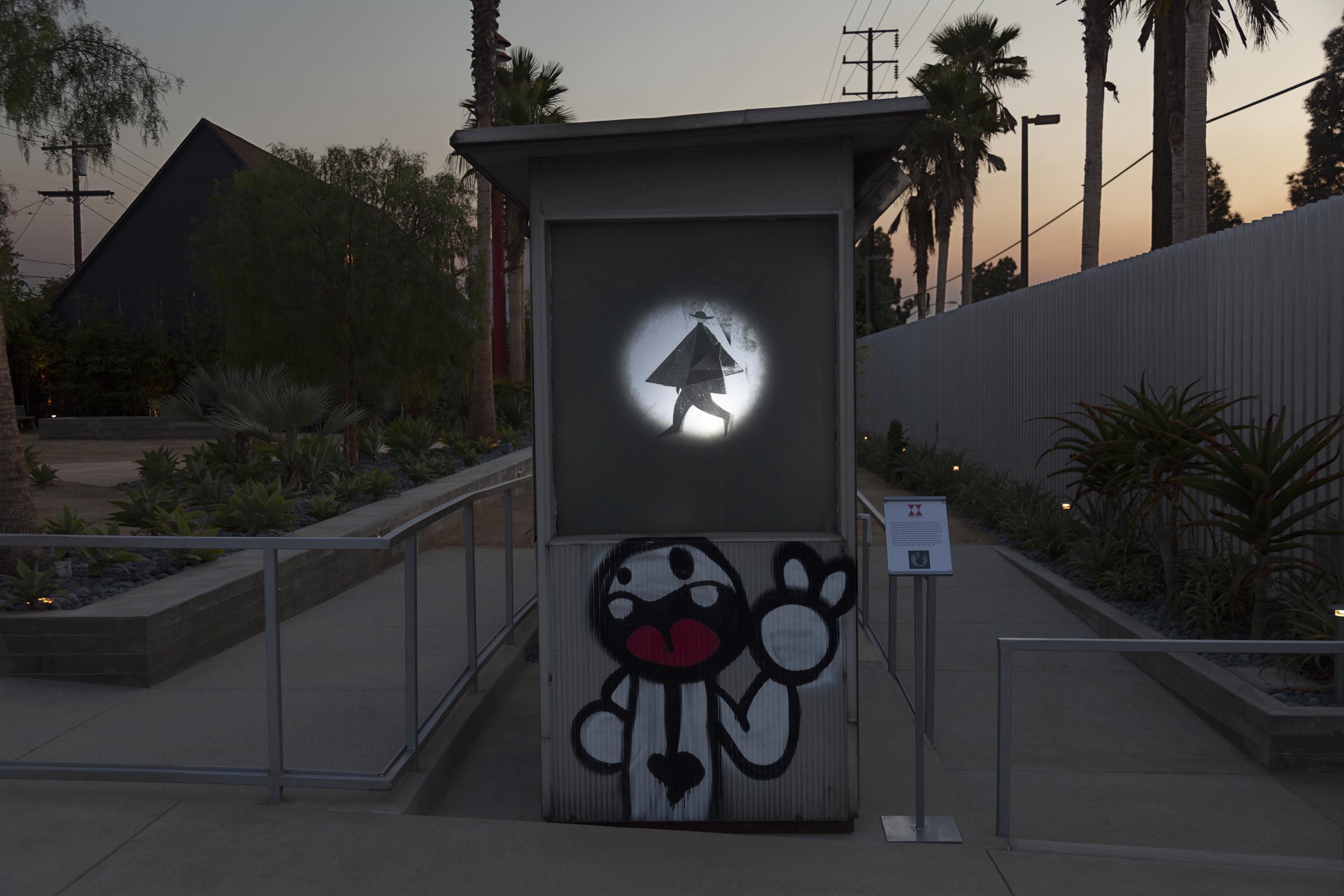
Stas Orlovski is an artist based in Los Angeles who was recently shortlisted for The Hopper Prize. To learn more about the artist:






